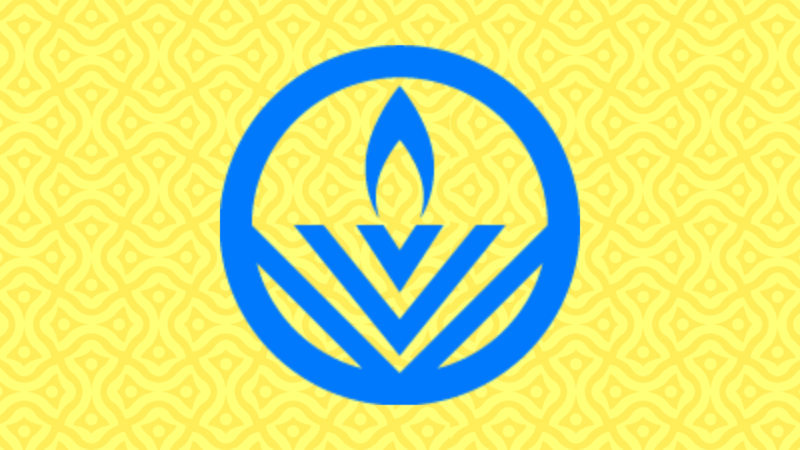Chalice Consultation Update

In the Annual Meetings in April, the membership voted to pass the following motion on 2021’s General Assembly rebranding work:
“That this General Assembly of Unitarian and Free Christian Churches regrets the lack of consultation over the rebranding exercise and requests that the Executive Committee (EC) consults the constituent congregations and fellowships on whether to introduce the new logo or retain the traditional Chalice Design adopted in 2007 in the interests of maintaining a consistent denominational identity.”
In response to this, we are pleased to invite people to some ‘listening circles’ as a chance for the General Assembly (GA) to hear what’s on people’s minds and hearts relating to the design work, and their relationship to the chalice symbol (of any design).
Initially, there will be two opportunities:
1pm, Tuesday 20th September – Zoom Link
7pm, Wednesday 21st September – Zoom Link
We ask that people register in advance if they wish to come (by clicking on the links above). It is possible to join by telephone if you are unable to join by videocall.
These won’t be forums for decision-making or debate, but a chance for people to be heard.
What we learn from these initial listening circles will inform our next steps in consulting with the wider community.
Beyond the specific issue of chalice design, we heard a wish for more communication and engagement more broadly, and we will be considering how we can develop the ways in which the GA communicates with the wider Unitarian movement.
From some of the feedback received so far on the branding work, we recognise there are some elements of the approach that have not come across clearly, and there have been some misunderstandings in the intention and ethos. We hope that the information below will help to clarify some of these.
As ever, we welcome anyone to get in touch by email.
An overview of the branding work
You can read more about our approach here and in the Inquirer via interviews with Liz Slade, and with the design team we worked with, This Ain’t Rock & Roll. You can also read about what they said about working with us, here.
We started the work in spring 2020 and launched the new GA website in February 2021.
In mid-2021 we launched a ‘design programme’ that helps to guide congregations through the process of deciding for themselves how they want to communicate to the world – what words, images, ideas, colours, fonts are right for their individual community. This included a WordPress website template that can be adapted for use, as well as a series of ‘how to’ videos to guide people in setting them up. We have also created new information leaflets which were distributed at the Annual Meetings and can be requested from Essex Hall, so that you can have a pack to give out locally.
The reason for the work is that we know we need to stop being a well-kept secret. We know that we have much that we can offer people, but we have been hiding our light in lots of ways – including behind out-dated looking websites and leaflets.
The ethos of how the design work is used
The steering group recognised the importance of empowering each congregation to express their unique ethos clearly and authentically, seeing the strength in the diversity of what each congregation offers. We are not a ‘top down’ denomination, and it is down to each congregation to communicate with their local community in the way that is appropriate to them and their context. This means that we have moved away from the ‘consistent identity’ approach that was used in the past to encourage all congregations to use the same design for their chalice symbol.
The design programme aims to give congregations a helping hand in reflecting on what they want to communicate, and a toolkit for helping them do that. Congregations have total freedom in what text, images, colours and symbols they use. If they use the design programme, there are elements that can help show visually that they are part of the wider Unitarian and Free Christian family.
We recognise we didn’t make this freedom of choice clear enough, and can understand that people may feel upset if they felt that a new design was being imposed on them without an ability to choose whether or how to adopt it.
We have seen a rich array of congregational websites appear over the last year, using different elements of the design programme in beautiful and creative ways. Some use the ‘old’ chalice, some use the new one, some a different version completely, and some no chalice at all. From the GA’s perspective, all are welcome.